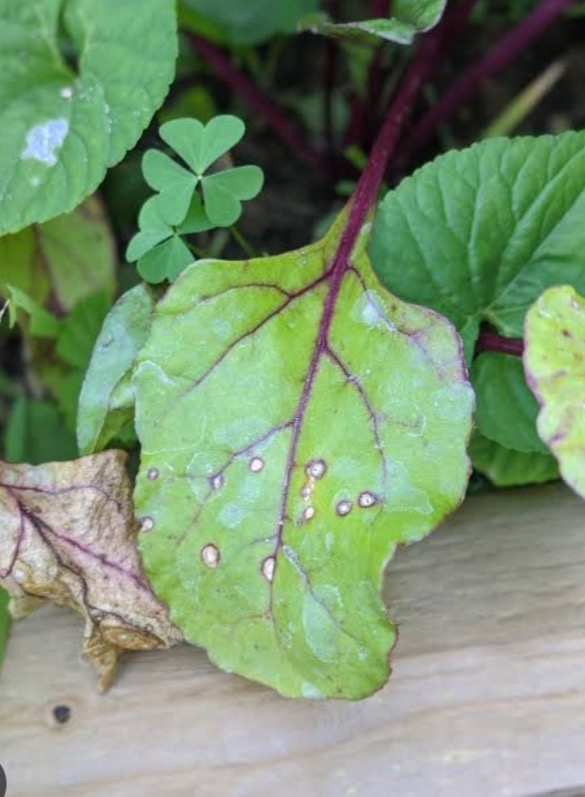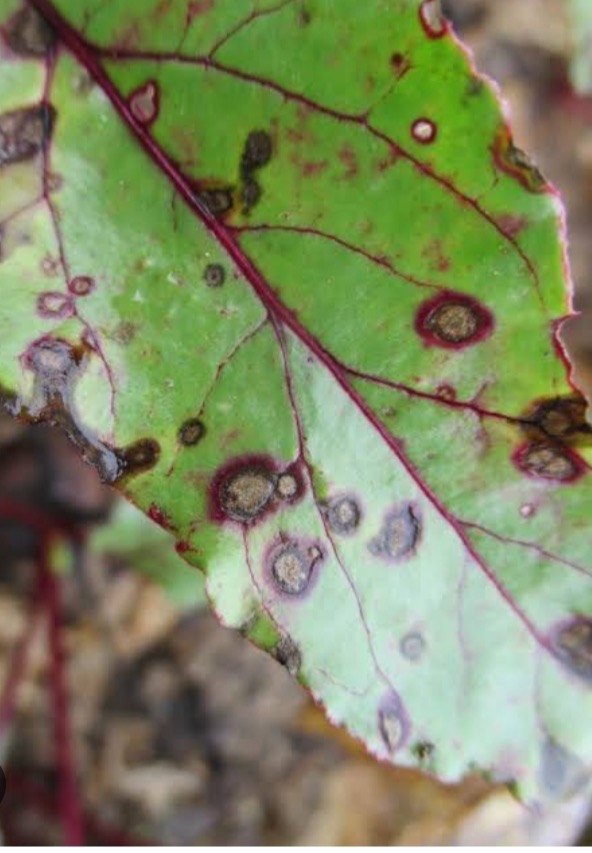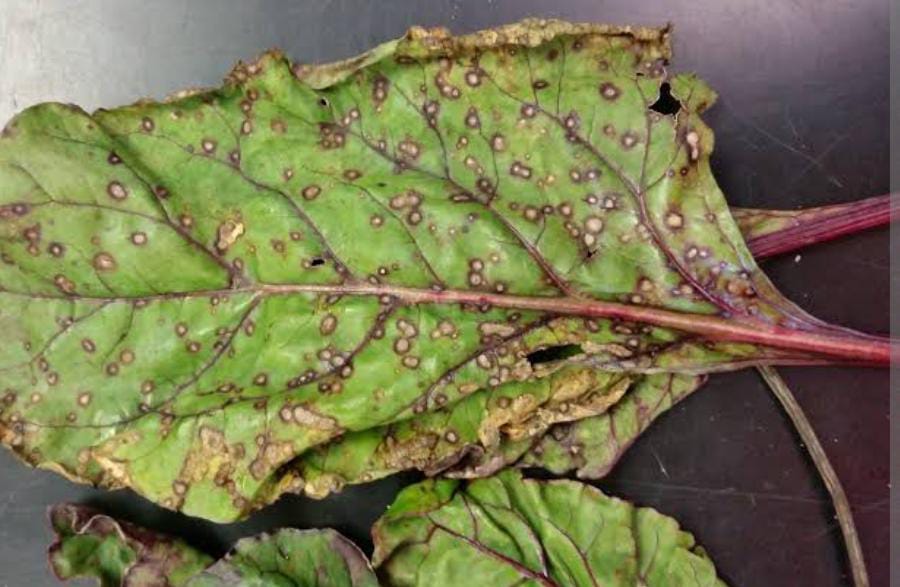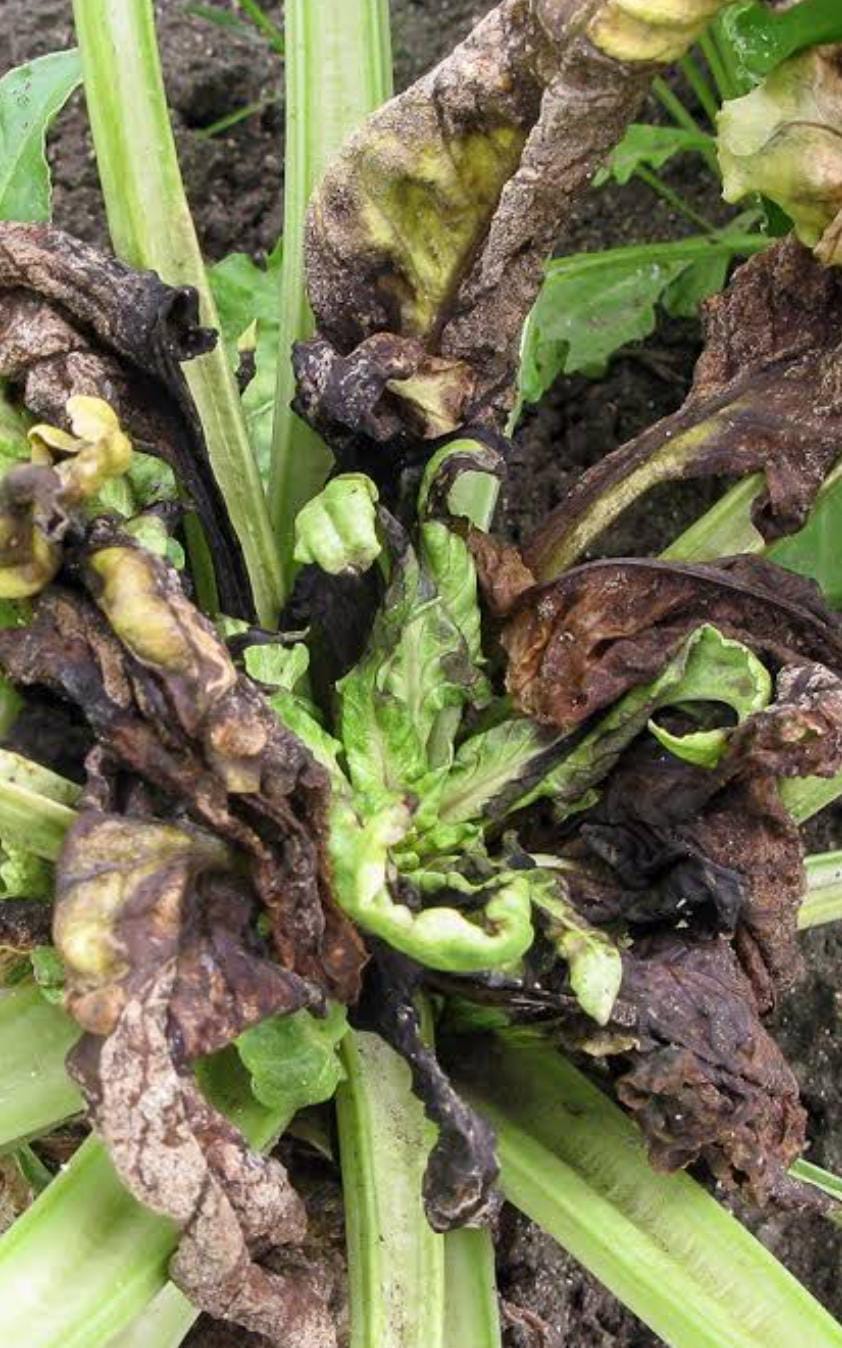Beet Plant
Beets are biennials, 8-24 inches tall, and frost-tolerant. They prefer well-drained soil in partial shade to full sun. Keep the soil moist. Both the roots and leaves are edible, and they have medicinal properties.
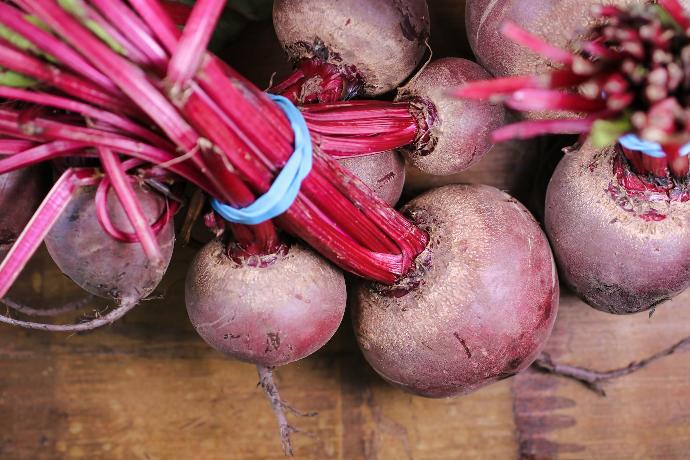
Habit
Biennial
Height
0.2-0.3 m
Growth
Moderate
Soil
Well-drained loamy soil
Shade
Partial Shade to Full Sun
Moisture
Moist
Edible
Yes
Medicinal
Yes
Origin
Mediterranean
Climatic Condition
Temperate
Temperature (°)
15-25°C
Humidity (%)
50-70%
Potting media
Garden soil
Fertilizers
Balanced NPK
Watering
Regular watering; keep soil moist
Plant Weight
0.2-0.5 kg
Flowering Time
Not applicable
Soil Ph level
6.0 - 7.5
Water Ph level
6.0 - 7.0
Soil EC
Medium
Yield Per Plant
200-500 g/plant
NPK ratio
10:10:10
life Span
Biennial
Health Benefits
Rich in folate and fiber; supports
Suggested Grow Media or Potting Mix ?
50% loamy soil, 30% compost, 20% sand
Suggested Fertigation/Fertilizers
Fertilize every 2 weeks with a balanced, water-soluble fertilizer.
Common Diseases and Remedies
Cercospora leaf spot , downy mildew
brown to grey spots and brown necrotic leaves , irregular greyish areas on the leaves , affected leaves dries and shrivels quickly
Remove and destroy infected crop debris , maintain good field sanitation and crop rotation
Spray chlorothalnoil and dithane Z-78 @0.3 % thrice at an interval of 15 days.
HEALTH BENEFITS
· High in nitrates, which help lower blood pressure
· Supports liver function with betaine
· Rich in iron and folate, aiding blood health
· Boosts endurance and exercise performance
What Is Beet ?
A beet plant, or beetroot (Beta vulgaris), is a biennial plant grown for its edible root and leaves. The root, often simply called a beet, is typically dark red or purple but can also be golden or white. It is commonly used in cooking, either boiled, roasted, or pickled, and is known for its sweet, earthy flavor. Beet leaves, or beet greens, are also edible and can be used in salads or cooked like spinach. Beets are rich in nutrients like fiber, vitamins, and minerals, making them a healthy addition to your diet.
What Are The Differents Types Of Beet
1. Red Beet:
This is the most common type of beet, with a deep red or purple root. It is widely used in cooking and has a sweet, earthy flavor.
2. Golden Beet:
Golden beets have a yellow or orange root and a milder, sweeter flavor than red beets. They are often preferred for their less intense earthy taste.
3. Chioggia Beet:
Also known as candy cane or striped beets, Chioggia beets have a pink and white striped root. They have a sweet flavor and are prized for their attractive appearance.
4. White Beet:
White beets have a pale white or yellowish root and a mild flavor. They are less commonly found than red or golden beets but are still used in cooking.
5. Cylindra Beet:
Cylindra beets have a long, cylindrical shape rather than the round shape of traditional beets. They are known for their sweet flavor and are often used for slicing and pickling.
How To Care Beet
Location
Beets prefer to be planted in a location that receives full sun, which means at least 6 hours of direct sunlight per day. They also grow best in well-drained, loose soil that is rich in organic matter. It's important to avoid compacted or clay-heavy soil, as this can cause the beets to become misshapen. Additionally, beets can benefit from a location that is sheltered from strong winds, as this can help prevent the plants from drying out too quickly.
Sun light
Beetroot plants prefer full sun, which means they need at least 6-8 hours of direct sunlight per day to grow and develop properly. However, they can tolerate partial shade, especially in hot climates where some afternoon shade can help prevent the plants from wilting.
Soil
Beet plants prefer well-drained, loose soil that is rich in organic matter. They grow best in soil with a pH between 6.0 and 7.0. Compacted or clay-heavy soil can cause the beets to become misshapen, so it's important to amend heavy soil with compost or other organic matter to improve drainage and texture.
Hydration
Beet plants require regular watering to keep the soil consistently moist but not waterlogged. Aim to provide about 1 to 2 inches of water per week, either through rainfall or supplemental irrigation. Adjust watering frequency based on weather conditions; during hot, dry periods, you may need to water more frequently. Avoid overwatering, as this can lead to rotting of the beet roots.

Nourishment
1. *Nitrogen (N)*: Nitrogen is important for leafy growth and overall plant vigor. However, too much nitrogen can result in excessive foliage growth at the expense of root development.
2. *Phosphorus (P)*: Phosphorus is essential for root development, flowering, and fruiting. It plays a crucial role in energy transfer within the plant.
3. *Potassium (K)*: Potassium is important for overall plant health, stress tolerance, and disease resistance. It also helps regulate water uptake and nutrient movement within the plant.
Issues
1. *Pests*: Common pests that affect beet plants include aphids, flea beetles, leafminers, and root maggots. These pests can damage the foliage, roots, or both, affecting plant growth and yield.
2. *Diseases*: Beet plants are susceptible to various fungal and bacterial diseases, including powdery mildew, downy mildew, root rot, and leaf spot diseases. These diseases can cause leaf discoloration, wilting, and root decay.
What Are The Benefits Of Beet
1. *Nutrient-Rich*: Beets are packed with essential nutrients like vitamins A, C, and K, as well as minerals like potassium, manganese, and folate.
2. *Heart Health*: The nitrates in beets can help lower blood pressure and improve overall heart health.
3. *Digestive Health*: Beets are high in fiber, which can aid digestion and promote a healthy gut.
4. *Anti-Inflammatory Properties*: Beets contain betaine, a compound that has been shown to have anti-inflammatory properties.
5. *Detoxification*: Beets are known to support liver health and help the body detoxify.
6. *Athletic Performance*: Some studies suggest that the nitrates in beets can improve athletic performance by increasing oxygen delivery to muscles.
7. *Versatile*: Beets are a versatile vegetable that can be used in a variety of dishes, from salads to soups to smoothies.
8. *Easy to Grow*: Beets are relatively easy to grow and can be grown in a variety of climates.
FAQ's About Growing Beets
1. How long do beets take to grow?
Beets typically take about 55 to 70 days to reach maturity, depending on the variety and growing conditions.
2. How deep should I plant beet seeds?
Plant beet seeds about 1/2 inch deep in loose, well-drained soil.
3. How far apart should I space beet plants?
Space beet plants about 3 to 4 inches apart in rows that are 12 to 18 inches apart.
4. Do beets need to be thinned?
Yes, beets should be thinned to allow for proper root development. Thin seedlings to about 3 to 4 inches apart once they have grown a few inches tall.
5. How often should I water beet plants?
Water beet plants regularly, keeping the soil consistently moist but not waterlogged. Aim to provide about 1 to 2 inches of water per week, adjusting based on weather conditions.
